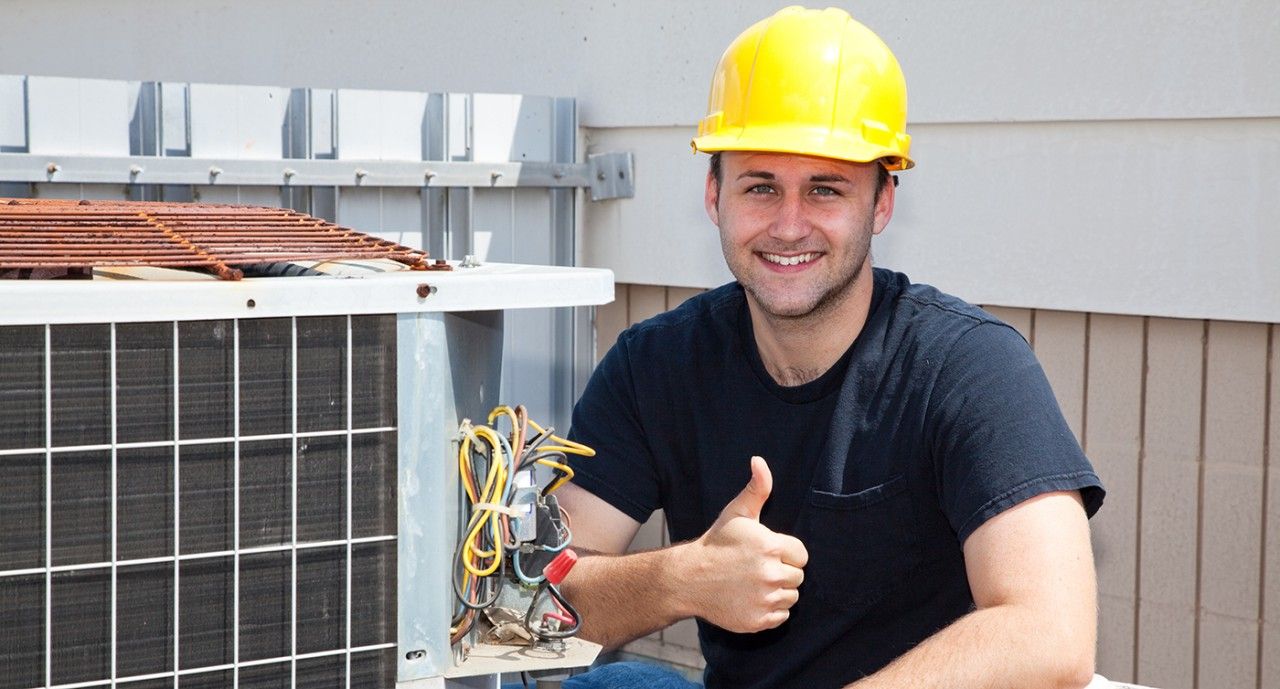Heat Pumps efficiently transfer heat from one location to another.
They are commonly used for heating and cooling purposes in homes, commercial buildings, and industrial settings. Heat pumps are known for their energy efficiency and versatility because they can both heat and cool spaces.
Heat pumps work by transferring heat from a source to a sink. They move thermal energy from a colder space to a warmer space. In heating mode, they extract heat from the outdoor air and release it inside the building. In cooling mode, the process is reversed, and they remove heat from the indoor space and release it outside. Because heat pumps are transferring heat rather than generating heat, they’re an energy-efficient and environmentally friendly alternative to traditional furnaces and air conditioner.
In fact, studies show that switching from a traditional furnaces and air conditioner to a heat pump saves the average U.S. household $557 per year on heating and cooling and produces 3 metric tons less of carbon emissions per year – this is a nearly equivalent to giving up your car!
Like central air conditioners, heat pumps have two main components, an indoor air handler and an outdoor unit with a compressor that circulates refrigerant that absorbs and releases heat as it travels between the indoor and outdoor units.
So how do they work? When cooling your home, heat pumps work in much the same way as a traditional air conditioning system (or your refrigerator); a refrigerant absorbs the heat inside your home and transfers it outside. That said, they do a much better job of dehumidifying your home, so they use less energy to cool your home in the summer months.






